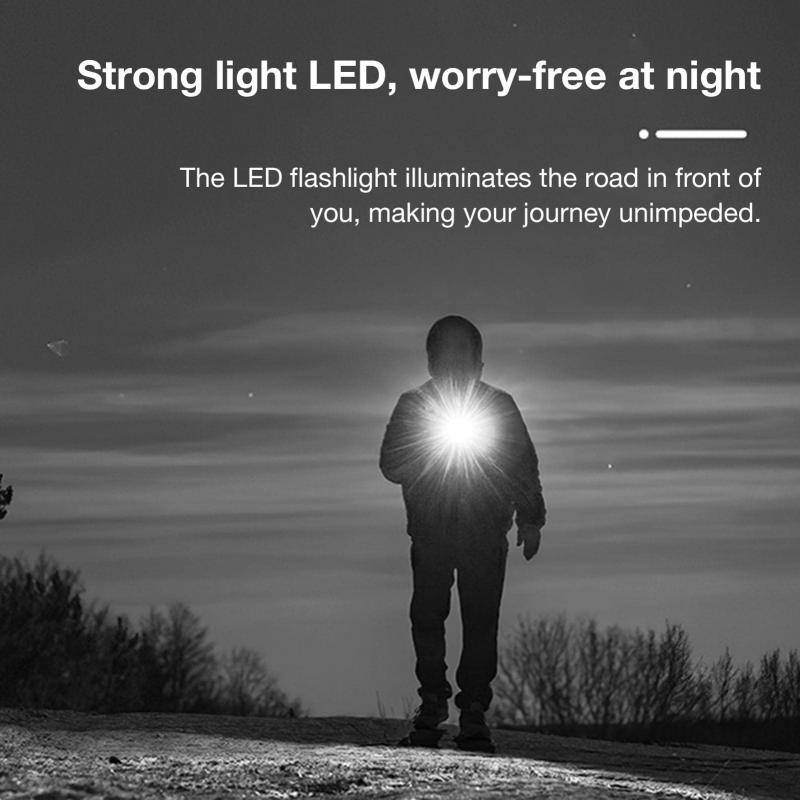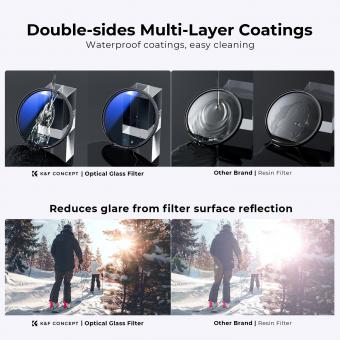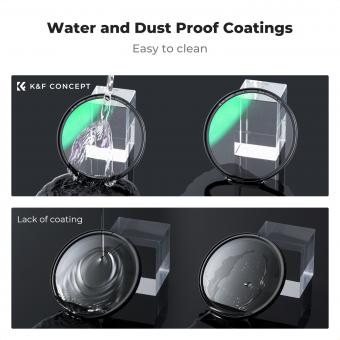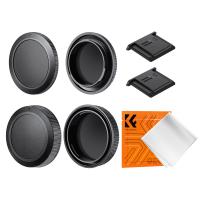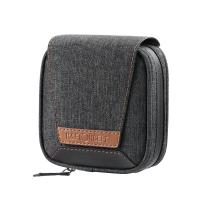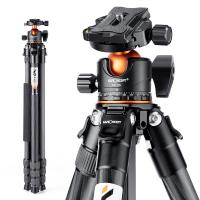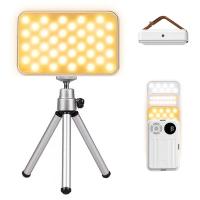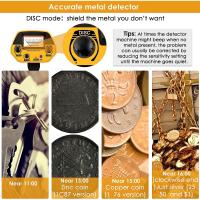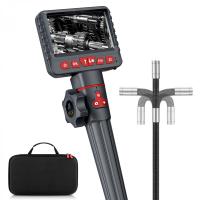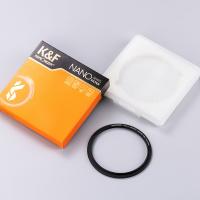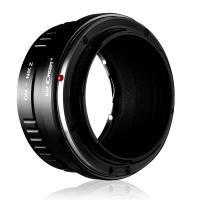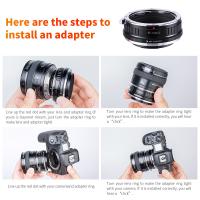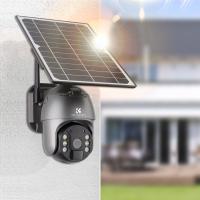How To Find Hidden Camera In Room ?
To find a hidden camera in a room, you can start by conducting a physical search of the area. Look for any unusual or out-of-place objects, such as small cameras disguised as everyday items like clocks, pens, or smoke detectors. Pay attention to areas where a camera could be discreetly placed, such as corners, shelves, or behind furniture.
You can also use a hidden camera detector device, which can help detect the presence of hidden cameras by detecting their radio frequency signals or infrared emissions. These devices can be purchased online or at electronics stores.
Additionally, some hidden cameras may emit a faint red or green light, so carefully scan the room in low light conditions to see if you notice any unusual lights.
It's important to note that finding hidden cameras may not always be foolproof, as some cameras can be very small and well-hidden. If you have concerns about privacy, it may be helpful to consult with a professional who specializes in counter-surveillance or security.
1、 Visual Inspection Techniques for Detecting Hidden Cameras
Visual Inspection Techniques for Detecting Hidden Cameras
In today's technologically advanced world, the concern about hidden cameras in private spaces has become more prevalent. Whether you are staying in a hotel room, renting an Airbnb, or simply want to ensure your privacy at home, it is important to know how to detect hidden cameras through visual inspection techniques. Here are some steps you can take to find hidden cameras in a room:
1. Conduct a thorough scan: Start by visually inspecting the entire room, paying close attention to objects that seem out of place or unusual. Look for small holes or gaps in walls, ceilings, or furniture that could potentially hide a camera.
2. Check for reflective surfaces: Hidden cameras often have lenses that reflect light. Look for any objects that have unusually shiny or reflective surfaces, such as picture frames, smoke detectors, or wall decorations.
3. Examine electrical outlets and switches: Hidden cameras may be disguised as electrical outlets or switches. Inspect these areas carefully, looking for any irregularities or signs of tampering.
4. Use a flashlight: Shine a flashlight around the room, especially in dark corners or areas that are difficult to see. Hidden cameras may have small indicator lights that can be detected with the help of a flashlight.
5. Utilize smartphone apps: There are various smartphone apps available that can help detect hidden cameras by using the device's camera and infrared sensors. These apps can detect unusual light reflections or infrared signals emitted by hidden cameras.
It is important to note that technology is constantly evolving, and hidden cameras can become increasingly sophisticated and harder to detect. Therefore, staying informed about the latest advancements in hidden camera technology and regularly updating your inspection techniques is crucial.
In conclusion, visual inspection techniques can be effective in detecting hidden cameras in a room. By conducting a thorough scan, checking for reflective surfaces, examining electrical outlets, using a flashlight, and utilizing smartphone apps, you can enhance your chances of finding hidden cameras and protecting your privacy.

2、 Using RF Detectors to Locate Hidden Camera Signals
Using RF detectors to locate hidden camera signals is one of the most effective methods to find hidden cameras in a room. RF detectors are devices that can detect radio frequency signals emitted by wireless cameras. These detectors work by scanning the room for any RF signals and alerting you if there is a hidden camera nearby.
To use an RF detector, start by turning off all electronic devices in the room to minimize interference. Then, turn on the RF detector and slowly move it around the room, paying close attention to any sudden increase in signal strength. Hidden cameras usually transmit signals within a certain frequency range, so the detector will pick up on these signals and indicate their presence.
It is important to note that RF detectors may not be able to detect hidden cameras that are not actively transmitting signals. Some modern hidden cameras have the capability to record and store footage internally, without transmitting any signals. In such cases, RF detectors may not be effective.
To stay up to date with the latest technology, it is recommended to use an advanced RF detector that can detect both analog and digital signals. This is because hidden cameras can use different types of signals, and an advanced detector will be able to detect a wider range of frequencies.
Additionally, it is important to visually inspect the room for any suspicious objects or unusual placements. Hidden cameras can be disguised as everyday objects such as clocks, smoke detectors, or even electrical outlets. By combining visual inspection with the use of an RF detector, you can increase your chances of finding hidden cameras in a room.
In conclusion, using RF detectors to locate hidden camera signals is an effective method, but it is important to stay updated with the latest technology and combine it with visual inspection for a thorough search.
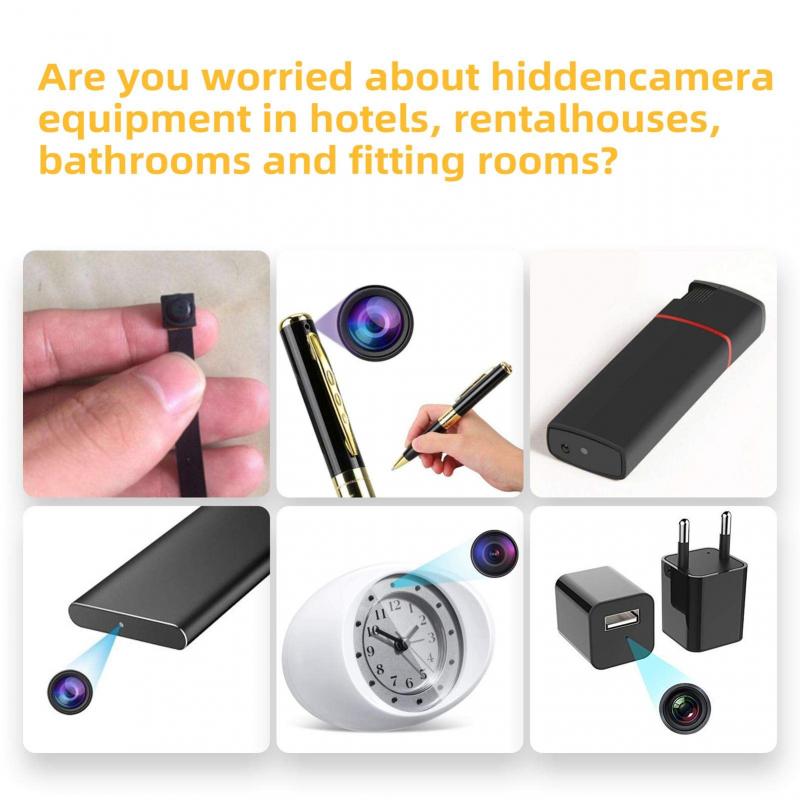
3、 Infrared Scanning Methods for Identifying Hidden Cameras
Infrared scanning methods can be an effective way to identify hidden cameras in a room. These methods utilize infrared technology to detect the heat signatures emitted by electronic devices, including hidden cameras. By using an infrared scanner, you can locate potential hidden cameras by identifying any unusual heat sources in the room.
To find hidden cameras using infrared scanning methods, follow these steps:
1. Turn off all lights in the room to create a dark environment. This will make it easier to detect any heat signatures emitted by hidden cameras.
2. Allow the room to cool down for a few minutes to ensure that any residual heat from people or electronic devices has dissipated.
3. Use an infrared scanner or camera with infrared capabilities. These devices can detect heat signatures and display them as bright spots on the screen.
4. Slowly scan the room, focusing on areas where hidden cameras are commonly placed, such as corners, shelves, or decorative objects.
5. Look for any bright spots or unusual heat signatures that stand out from the surrounding environment. These could indicate the presence of a hidden camera.
6. Pay attention to any wires or cables that may be connected to the suspected camera. Hidden cameras often require power, so following any suspicious wires can lead you to the camera's location.
It is important to note that while infrared scanning methods can be effective in detecting hidden cameras, they are not foolproof. Some hidden cameras may be designed to emit minimal heat or may be shielded to avoid detection. Therefore, it is advisable to use multiple methods, such as visual inspection and radio frequency detection, to ensure a thorough search for hidden cameras.
Additionally, it is essential to respect privacy laws and regulations when conducting searches for hidden cameras. Always obtain proper consent or consult with legal authorities before taking any action.
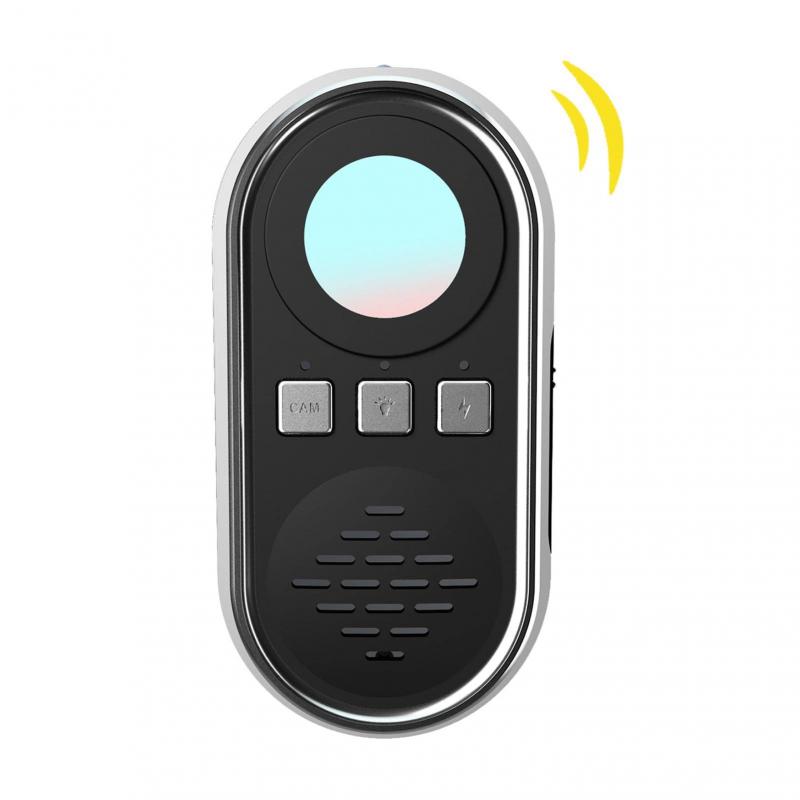
4、 Utilizing Smartphone Apps to Uncover Hidden Camera Devices
Utilizing Smartphone Apps to Uncover Hidden Camera Devices
In today's digital age, concerns about privacy and security have become increasingly important. One area of concern is the possibility of hidden cameras being placed in private spaces, such as hotel rooms, changing rooms, or even our own homes. Fortunately, with the advancement of technology, smartphone apps have emerged as a useful tool to help uncover these hidden camera devices.
There are several smartphone apps available that claim to detect hidden cameras by using the phone's built-in sensors and infrared capabilities. These apps work by scanning the room for any unusual electromagnetic signals or reflections that may indicate the presence of a hidden camera. Some apps also use the phone's camera to detect any infrared light emitted by hidden cameras.
However, it is important to note that these apps are not foolproof and may not detect all hidden cameras. The effectiveness of these apps can vary depending on the quality of the app and the capabilities of the smartphone. Additionally, some hidden cameras may be well-concealed or use advanced technology that can evade detection by these apps.
To maximize the chances of finding hidden cameras, it is recommended to combine the use of smartphone apps with a thorough physical inspection of the room. Look for any suspicious objects or unusual placements that may indicate the presence of a hidden camera. Pay attention to areas such as smoke detectors, electrical outlets, or any other objects that seem out of place.
It is also worth mentioning that laws regarding hidden cameras vary from country to country, and it is important to familiarize oneself with the legalities and regulations in the specific jurisdiction. In some cases, it may be necessary to involve law enforcement or security professionals to ensure a thorough investigation.
In conclusion, while smartphone apps can be a helpful tool in uncovering hidden camera devices, they should be used in conjunction with a physical inspection of the room. Staying vigilant and taking appropriate measures to protect one's privacy and security is essential in today's technologically advanced world.
